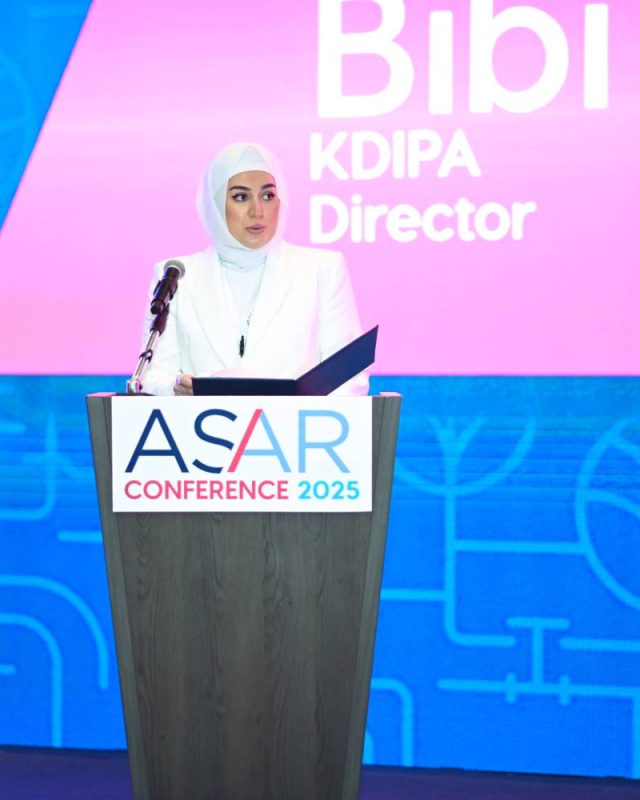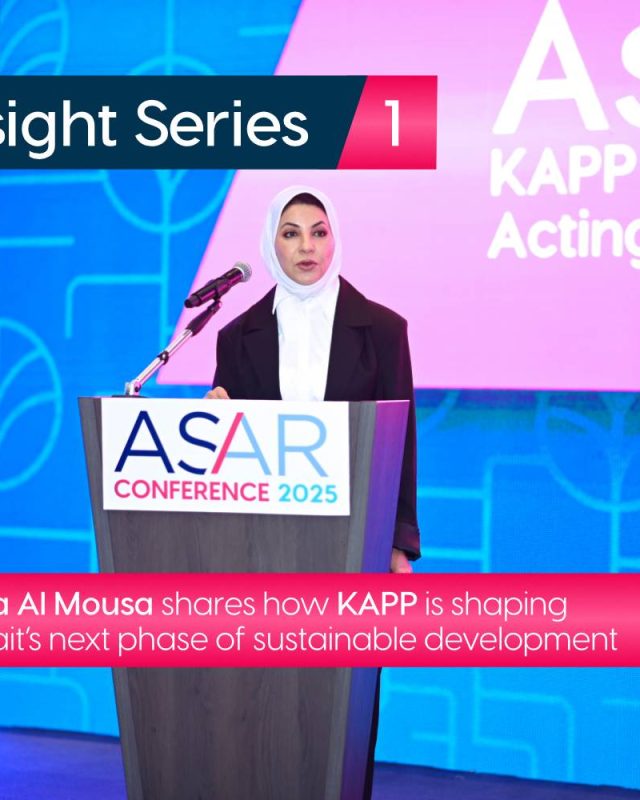True project bankability rests on predictability, transparency and balance.
At ASAR, our project advisory experience shows that bankability is established long before financial close – through predictable laws and regulatory practices, transparent processes and balanced allocation of commercial, legal and technical risks. From supporting Kuwait’s first IWPP/PPP projects, including Az Zour North 1 and Umm Al Hayman Wastewater Treatment, to our ongoing advisory role on Az Zour North 2 and 3, ASAR has been at the frontline of assessing the legal aspects that underpin the bankability of Public Private Partnerships projects (PPPs).
This article examines what transforms a promising proposal into a sustainable, financeable project.
PPPs are central to Kuwait’s infrastructure and energy ambitions. Yet “bankability” is the ultimate measure of success. While often framed in financial terms, its foundations are ultimately structural: predictability, transparency, and balance.
At ASAR Conference 2025, policy, legal, and finance leaders discussed how Kuwait’s PPP framework is embedding these fundamentals into practice. Their insights reveal how the country is building the institutional and regulatory foundation that allow private capital to align confidently with public objectives.
1. Predictable frameworks
A bankable PPP begins with predictability. Investors and lenders require clear, well-tested risk allocation, reliable dispute mechanisms, and enforceable contracts. Kuwait’s PPP framework – anchored by the Kuwait Authority for Partnership Projects (KAPP) and supported by evolving regulations – is steadily reinforcing these elements. Recent projects in power generation increasingly rely on established documentary precedents, giving both domestic and foreign investors the confidence to commit long-term capital.
2. Transparent processes
Transparency is equally essential. From project origination to tender evaluation, open and well-structured procedures reduce perceived risks and strengthen investor confidence. Kuwait’s recent focus on competitive procurement and better coordinated inter-governmental communication signals a maturing PPP environment – one in which bankability is built on openness and accountability rather than ambiguity.
3. Balanced risk allocation
The final element is balance. Successful PPPs distribute risk to the party best equipped to manage it – ensuring value for money for the public and sustainable returns for investors. Kuwait’s recent PPP projects demonstrate growing sophistication in allocating construction, operational, and market risks across parties. This equilibrium between public accountability and private-sector performance underpins long-term sustainability.
From framework to finance
Together, these elements – predictability, transparency, and balance – define bankability not as a checklist, but as a culture of cooperation. Kuwait’s approach demonstrates that when law, policy, and finance are aligned, projects move more efficiently toward financial close and successful commercial operation.
True bankability goes beyond buzzwords. Predictability delivers legal certainty, transparency ensures coordinated institutions, and balanced risk allocation fosters shared confidence – a foundation that Kuwait’s PPP framework has already established, enabling investors and lenders to commit with assurance and drive long-term growth.
Read the opening article from the ASAR Conference 2025 Insights Series







